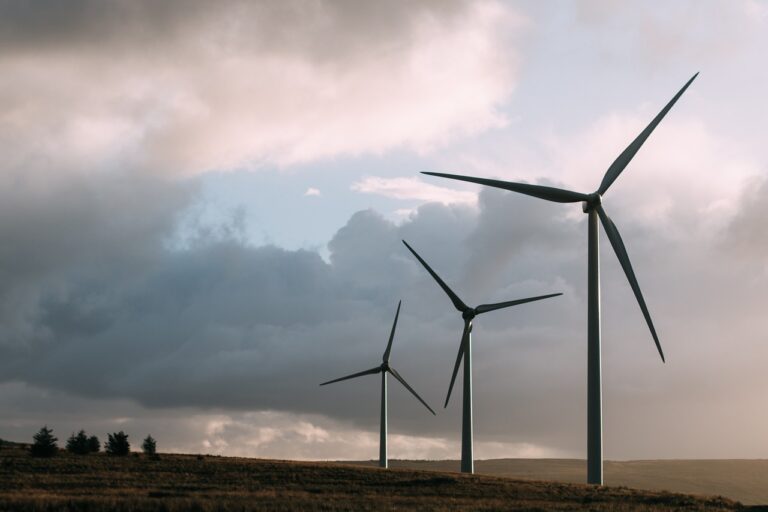The share of renewable energies in Europe increases by 3 percentage points, in the comparison between 2020 and 2019.
The official figure, communicated by Eurostat, sees a 37% coverage of European electricity consumption by renewable energy, compared to 34% in 2019.
In this article we see some interesting numbers, also with regard to renewables used for heating and cooling and forecasts for global solar energy in 2022.
Table of Contents
Renewable sources in Europe: the situation
As recently communicated by Eurostat, the statistical office of the European Commission, in 2020 over 37% of the EU’s electricity needs were covered by renewable sources.
A leap forward which, if on the one hand confirms a growing trend, on the other hand cannot fail to take into account what happened in 2020, with the onset of the Covid-19 pandemic and the consequent restrictions. Measures that undoubtedly have influenced a reduction in demand.
In detail, wind (36%) and hydroelectric (33%) together accounted for more than two thirds of the total electricity produced from renewable sources. Photovoltaics follow, with 14%, solid biofuels (8%) and the remaining green sources (8%).
But which are the most virtuous European countries? In first place is Austria (78.2% of the energy consumed was produced by renewables), immediately followed by Sweden (75%). In addition to these, to have exceeded the 50% quota are also:
- Denmark (65%)
- Portugal (58%)
- Croatia (53%)
- Latvia (53%)
A special mention should be made of Iceland and Norway, countries that are not part of the EU’s Twenty-seven, but which actually produced more energy than consumed. Italy, on the other hand, is in the European average, standing at 37%.
Renewable sources in Europe for cooling and heating
Other data provided by Eurostat focus, however, on the share of renewable energy used for cooling and heating, compared to the total energy used in this area.
In general, here too there is an increase from 2020 to 2019, but the difference is only one percentage point: from 22% to 23%. In 2004 we were stuck at 12%.
Among the Member States, in this case, Sweden leads the way, with 66% of renewable energy used for heating and cooling (in particular thanks to biomass and heat pumps). The other countries to exceed or reach 50% are:
- Estonia (58%)
- Finland (58%)
- Latvia (57%)
- Denmark (51%)
- Lithuania (50%)
Iceland (EFTA country) exceeds 80%, mainly due to the contribution of geothermal energy. Tail lights are Belgium and the Netherlands (8%) and Ireland (6%). Italy, on the other hand, is positioned a little below the European average, stopping at 19.9%.
Read also: Reducing energy waste is the key too meeting climate goals
Renewable energies: the 2022 forecasts for solar in the world
With reference to the solar sector globally, BloombergNEF at the beginning of the year drew up some forecasts on trends for 2022.
This year, for the first time, the threshold of 200 GW of installed solar energy could be exceeded, with a range between 204 and 252 GW.
Other forecasts concern:
- industrial scale solar and storage installations, which are expected to double;
- China protagonist in rooftop photovoltaics, with an estimated 81-92 new GW between residential and commercial / industrial;
- northern Europe ahead of everyone in the new PPA agreements for photovoltaics (especially in Poland, Denmark and Germany);
- significant progress in the agro-photovoltaic sector.












